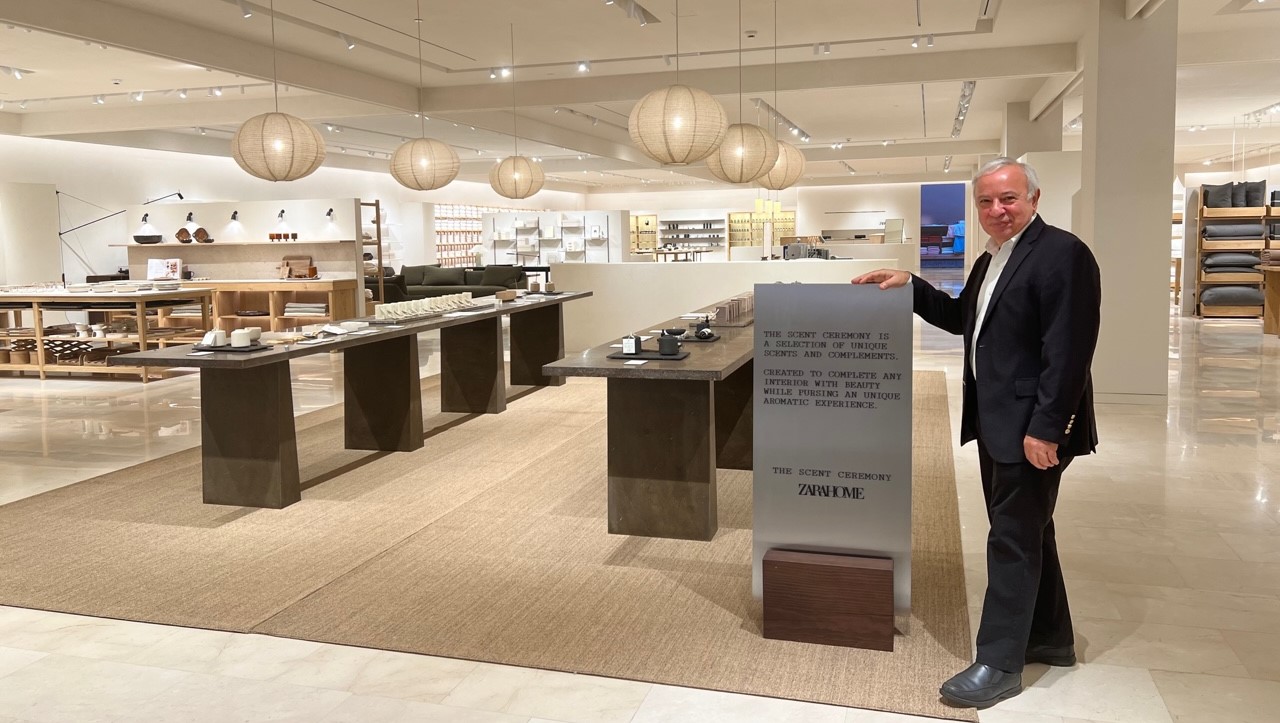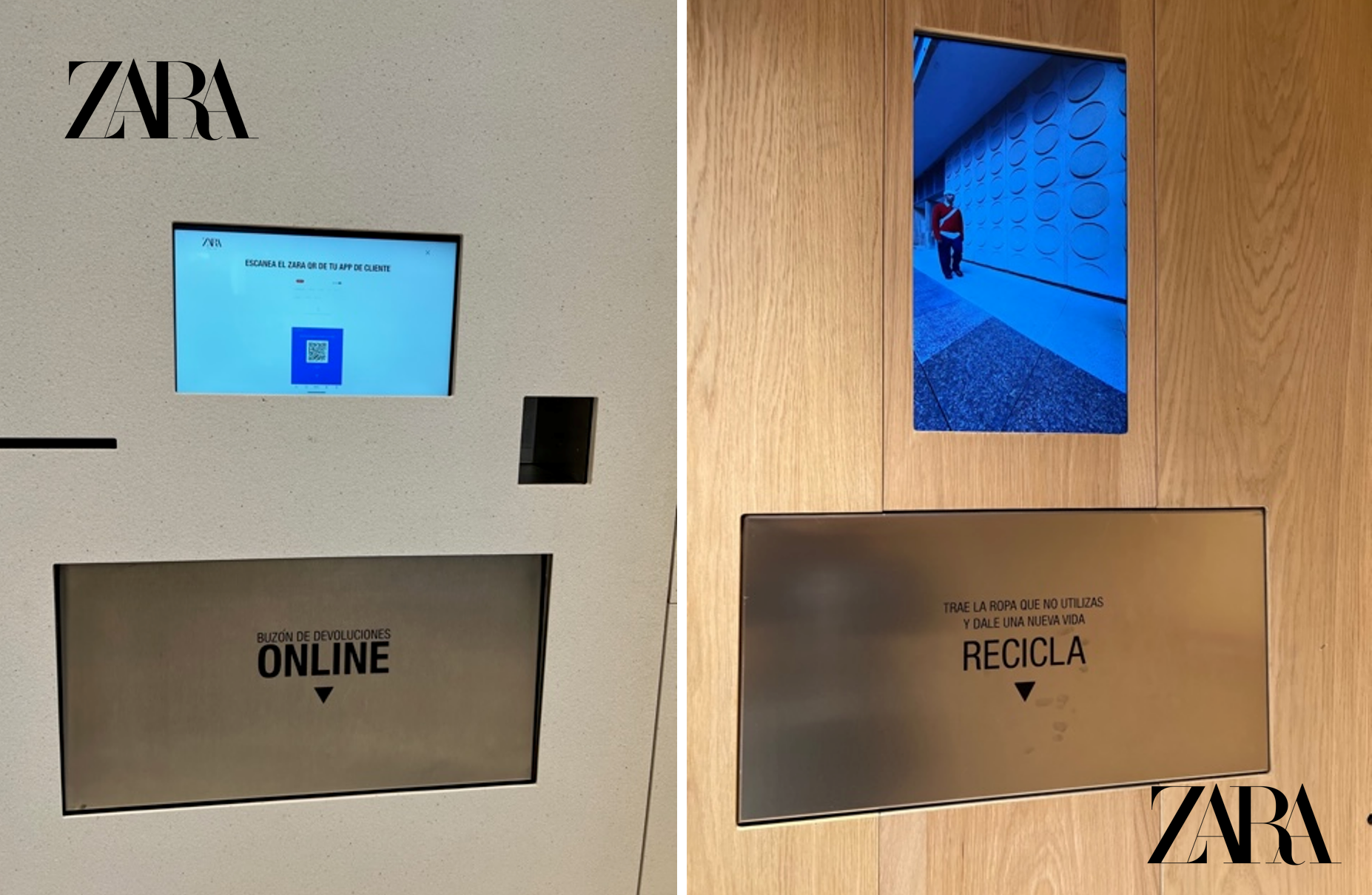
Over the past two weeks, I had the pleasure of visiting several futurist retail stores in Europe. What became clear from those visits is that the linkage between physical stores and online ecommerce is growing stronger and much more innovative. Progressive retailers are moving on from omnichannel to phygital.
Differentiating these two concepts from a customer point-of-view:
- The omnichannel consumer is one who shops using both online and offline channels.
- Phygital is the deliberate focused operational strategy to combine digital and physical experiences across channels.
As visualized by Circana, in a phygital world, there are substantial interconnections between digital and physical retail:

Phygital is all about the data created at the intersection of physical stores and ecommerce. As a strategy, it heavily embraces technology to deliver differentiated and memorable consumer experiences. It is the natural evolution of the growing digitization trends around us, heavily embracing smartphones as windows into the shopping journey. This article looks deeper at these trends and provides examples from my European retail store tours.
The Phygital Consumer Wish List
Consumers are becoming much more discerning in their shopping habits.
- 32% will leave a brand after a bad experience.
- 71% expect personalized experiences.
- 76% get frustrated when personalized interactions don't happen.
Personalizing the customer experience was the number 1 technology priority for retailers in the latest RIS News Store Experience Study.

Fully agree with the top three on this list of technology priorities. As I explain in my continuously updated, 'Disruptive Future of Retail' keynote presentation, the challenge for retailers is that consumers walk into stores having done digital homework on product needs and get frustrated quickly if they are unable to find products or knowledgeable sales associates.
Phygital Experiences Build Greater Consumer Trust
New PwC research confirms the importance of knowledgeable store associates, but also points to a changing technological landscape for the retail industry.

Note that everything below helpful associates in this chart is a list of phygital experiences. The same PwC research highlights the increased level of trust consumers have in retailers when it comes to privacy versus other sectors.

Increased phygital immersive experiences build greater trust. Consumers will continue to require greater value delivery in exchange for less privacy. Very interesting are the narrow differences in trust between generations for the retail industry.
Phygital is Here to Stay
The combination of physical stores and online options have been underway for some time and were accelerated by the pandemic. Examples of what can be classified as phygital experiences include:
- Buying-on-line and pick-up-in-store (BOPIS)
- In-store associates accessing a customer profile that includes their online purchases and wish-lists to recommend products.
- Buying-on-line and having it shipped to your home.
- Looking at make-up in a store and virtually trying on different shades via Augmented Reality (AR).
- Visiting a store, trying on a shirt, and buying it online later.
- Customer using self-checkout at stationary point-of-sale or on their smartphones.
Here are some additional examples from my European retail store tours, starting with RFID frictionless checkout where you place items in a bin and they are automatically rung up, waiting for your payment at Uniqlo and Zara.

One of my favorites was the linking of the physical store to the online website with QR codes visible on walls throughout the store. These examples are from the myspringfield.com physical store and Zara where they invite you to "discover this store'.

Interactive screens throughout the store that extend the physical store to the online marketplace is another example. Either a store associate or yourself can find more items not available in the store through this digital interface

How about making it easier to use a fitting room? Zara offers an RFID enabled check-in screen that counts how many items are going into fitting room. The same screen assigns you a personalized open fitting room.

Next, let us make fitting rooms smarter and allow for sharing viral content. First example is a smart mirror for interaction with the store, online, and staff while trying on clothes. In the purple, one of my other favorite experiences, a fitting room designed for TikTok video interaction that invites you not to look down to the psychedelic floor, but do share that vital brand building content.

Let us also make it easier to return online purchased clothes with a QR code and provide an interactive station for old clothes you want to recycle.

While in Europe, I also had the opportunity to visit London's Nike Town.

This store reminded me of their phygital experiences in New York which include:
- A shoe bar where customers can customize their Nike shoes.
- Cameras and sensors that surround a basketball court and treadmills that offer feedback on performance. In-store trainers use the data to provide advice and assistants analyze results to make product recommendations.
- In the Nike app, shoppers can access early product drops and solicit styling advice from experts.
- The brand’s Nike Training Club app puts the brand’s gear to work with personalized home workouts, and its SNKRS app helps sneakerheads locate rare and highly sought-after pairs, plus sign up for personalized notifications on new drops.
By 2026, according to eMarketer, 76% of total global retail sales will still take place in physical stores and they will remain a critical success element for the industry. The creative integration of physical to digital solutions will differentiate the fastest growing retailers. It is time for all of us to think phygital and get the retail party on to a brighter industry future.
















